fir an fur
A lok o languages haes peerie wirds at indicates da relationships atween things (preposeetions): Da man stüd ON da stane / Da wife bides IN Shetland / Da boy cam EFTER tae / Da lass maed it FIR her midder. A lok a languages haes peerie wirds firbye at joins up phrases or sentences (conjunctions): Da man stüd still AN da dratsi cam closs / Da dratsi cam closs BECIS da man wis staandin still.
Shaetlan haes twa forms at baith translates tae StE ‘for’: da preposeetion fir (pronounced /fər/ or /fɪr/) at means ‘fir da benefit o’ (I did it fir dee), ‘tawards’ (Run fir da hill!), ‘suppoartin’ (Wha’s fir gyaan daday?), an da laek. Whaaras, da conjunction fur (pronounced wi a roonded vowel as in /fɞr/ or /fɔr/) means ‘becis, seein as, etc’ (Du’ll hae tae spaek up fur I canna hear dee).
Finnin a differ in da pronunciation o fir/fur is bøn nottit idda DSL as shaain up aa troo da Scots spaekkin plaesses: "fɔr, for, and in unstressed position, fər, fɪr (n.Sc.)" (sv. fur). An it folloos idda Shaetland data: athin a corpus o 37½ oors o spokken Shaetlan (>316,000 wirds) o Archive recoardeens fae aa aerts in Shetland, da da preposeetion an da conjuction could be telt apairt audibly da absolute majority o da time (fir dem at’s statistically minded X2=262.28, df=1, p<.00001***). Bit gien da dominance o StE an da lack o ony formal teacheen in Shaetlan, it’s laekly dat contact induced anglification micht’ll a maed some spaekkers merge da twa functions intae da sam form, in a pattren replication o StE.
Baith fir an fur gings back tae da Aald English for (‘becis, o, fir [da sake o], ago, etc’ bit fae da 12C fir startit tae be øsed as a conjuction an aa. Idda Scots plaesses da stressed version fur cam tae be reserved fir conjunctions whaaras da unstressed fir cam tae be øsed fir preposeetions. Tae “correct” eider o da forms tae da StE for widna be richt.

